8 Talking Points: Bordeaux and Côtes du Rhône
Aug. 17, 2017
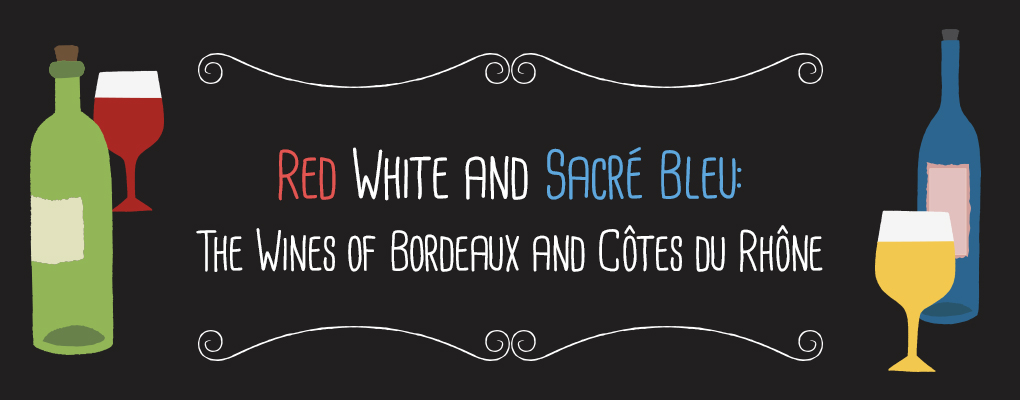
Choosing a bottle of fine wine can be a daunting experience for consumers, even experienced wine enthusiasts. Wines from the Bordeaux and Côtes du Rhône regions are among the World’s finest, and we have eight talking points for you to make them more accessible, more appealing and more sellable to customers who might otherwise pass them by.
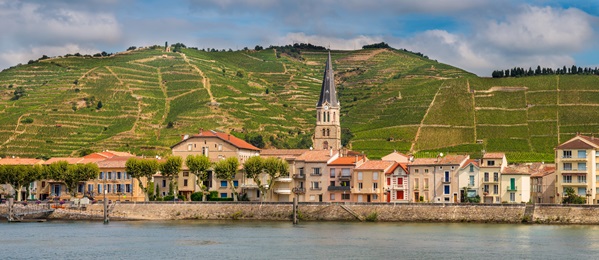
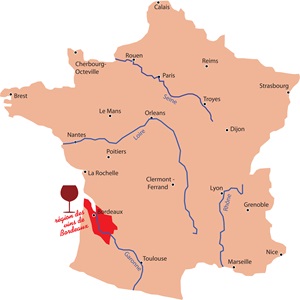 There’s no bad Bordeaux
There’s no bad Bordeaux
Wines produced in Bordeaux are highly regulated to ensure quality and consistency, regardless of the producer. Certified Specialist of Wine Teo Zagroba also credits limited productions and centuries-long reputations for quality as factors in Bordeaux’s prestige. Certified Sommelier Henry Davar calls Bordeaux “the gold standard of fine wine.”
Strong varietals from Bordeaux include Cabernet Sauvignon and Merlot
Each winemaking region has particular grapes that it does best. For Bordeaux, those are the Cabernet Sauvignon and Merlot. Classic Bordeaux wines are known for the power and structure that Cabernet Sauvignon brings, and the plush fruitiness of Merlot, according to Davar.
Bordeaux wine and “Bordeaux-style” wine are totally different
Wines produced outside of Bordeaux, but in the Bordeaux style, will taste quite different from real Bordeaux produced in the region. Zagroba explains “domestic Bordeaux-style blends tend to be more fruit forward, whereas true Bordeaux has the terroir-forward style with fruit secondary.”
Bestselling food writer Larry Olmsted notes that “The European system [for winemakers] has always been to name a wine after a place, whereas in America we name the wine after varietals.” Educating consumers to the difference can help make the sale.
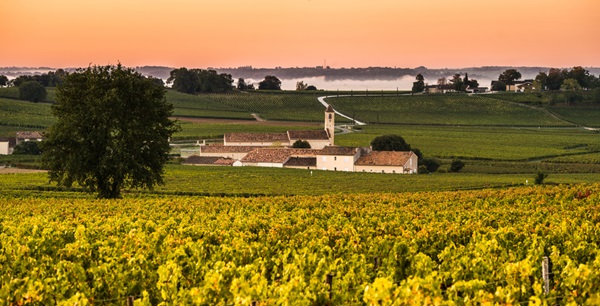
Bordeaux wines age exceptionally well
While some consumers purchase Bordeaux wines to keep as an investment, aging a bottle for consumption can be even more rewarding. Davar explains that the tannins of Bordeaux wine soften over time “into a texture that is refined and silky.” Noted wine expert Michael Egan adds “Here in Bordeaux, the château owners hate people speculating on wine. They want it out there to be consumed.”
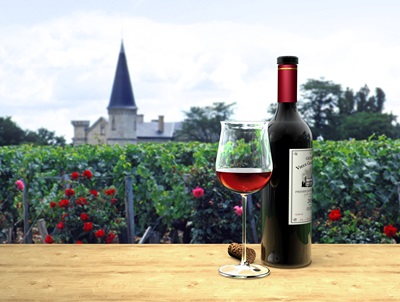
Vintage matters, but not that much
According to Davar, lesser-known “restaurant” vintages are worth a look by consumers, particularly those interested in enjoying a bottle of wine from one of the world’s premier regions at a lower price point. When it comes to wines from Bordeaux and Côtes du Rhône, age is not nearly as important as pedigree. Davar points out “These wines, from what might be mistakenly be referred by some as ‘lesser vintages’ are often less powerful, less structured, but drink beautifully much sooner than ‘great vintages.’”
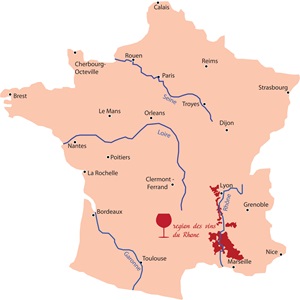 You haven’t tried Shiraz/Syrah until you’ve had it from Côtes du Rhône
You haven’t tried Shiraz/Syrah until you’ve had it from Côtes du Rhône
Shiraz, or Syrah, is wildly popular with consumers, though few outside oenophiles realize that the beloved varietal originated in Côtes du Rhône. In particular, the northern Côtes du Rhône valley produces a strain of Syrah “characterized by black and green peppercorn flavors” according to Davar, who adds “the unique microclimate makes ripe wines at lower alcohols and high acidity levels with very complex flavors. Start to layer on gamey, meaty, animal and earthy flavors that develop over time and you have a level of savor unmatched by any wines in the world.”
Côtes du Rhône blends cover a wide range of tastes
At the moment, popular red blends include Syrah with Viognier, and Syrah with Grenache and Mourvedre, as well as white blends of Marsanne with Rousanne and Viognier varietals, according to Zagroba. Davar adds that more blends come from the southern Rhône valley, where laws governing winemaking allow for more varietals to be planted than in the north.
Côtes du Rhône offers accessible options for new wine lovers
Davar recommends Syrah wines from northern Rhône for their power and tension, or Châteauneuf-du-Pape from the southern region. He cites Côtes du Rhône’s Grenache and Grenache blends as a “more affordable sibling” that showcases what the region can do. Zagroba also suggests a Grenache blend, with Syrah and Mourvedre, for consumers looking for a red. He recommends Viogner and blends of Marsanne, Rousanne and Viogner as great options for white wines.
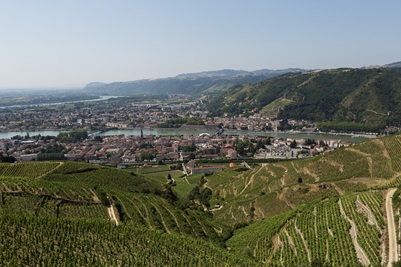
Educating your customers about these legendary winemaking regions will open up new opportunities for revenue as you build a customer base with an appreciation for fine wines. Talk to your Breakthru Sales Consultant about building up your wine inventory with some of these classics.